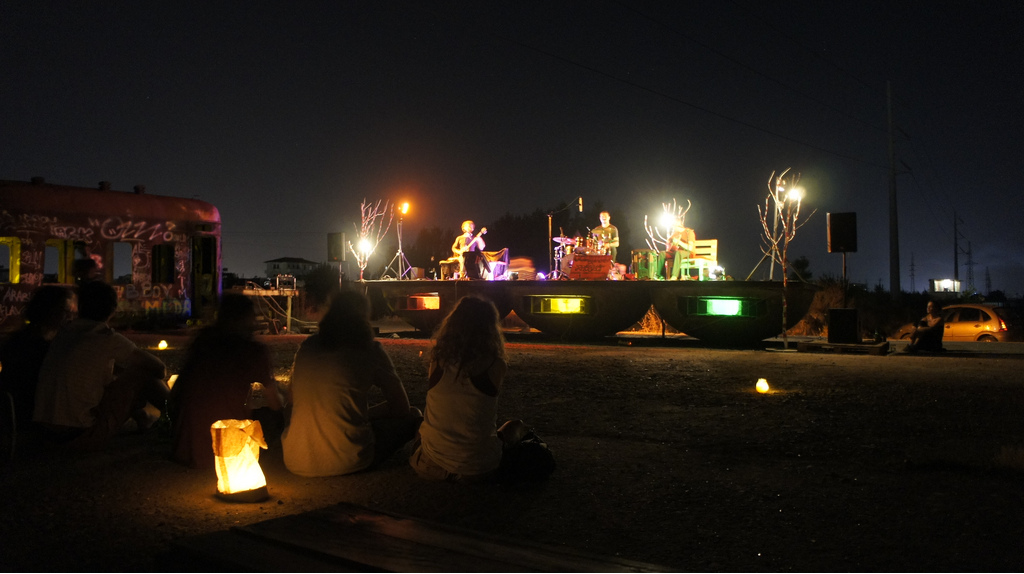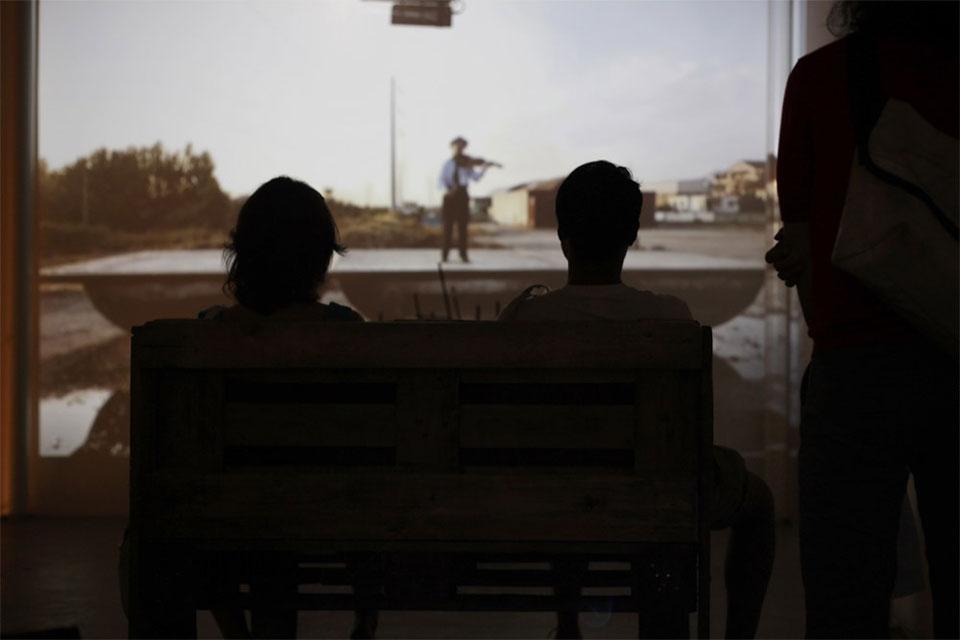The Bunker as an Agora – an Example of Cultural Hacking Deriving from a story of Migration
Our engagement in the topic of Cultural Spaces and Design started with observing our students. They have been travelling and many of them realized projects that include or comment on different cultural spaces. How can we encourage them to reflect on this as topic in design education? From there we took forward the idea of making a Travel Kit to support our students.
Some students come up with ideas themselves that descend from their own biography. Nikus’Diploma Project derives from his own cultural roots: The project Converscene adresses change in Albanian Society. It is about bomb shelters – the most prominent symbol of Albania’s isolation during the times of communism. (For 40 years, a wild form of totalitarianism had governed the country, coupled with a rigid closure of the country to the outside world. Now the country is opening up.)

Niku wanted to encourage the transition towards a democratic society. He converted the bomb shelters into an open air theatre stage, an agora that gives space for discussions as they are characteristic for democratic processes. In the conversion of the bunkers, social change in Albania becomes manifest.
In collaboration with the offspace gallery Tirana Express, he built the theatre stage outside of the gallery. There it was used for different events. At the same time, an exhibition took place in Basel, with different documentary works about the bunker theme. One Event was broadcasted live from Tirana.

In this work different perspectives of design are presented in different axes: objects from the past receive a new life in the present. And the project assembles people in the real world and thus confronts them with different cultural spaces, working methods, conceptions of society in Switzerland and Albania.
All this is embodied in a personal biography: Niku left Albania when he was a teenager and started anew – all by himself – in Switzerland. With his project he links the two cultural spaces that are part of his own cultural identity.
Examples like Niku encouraged as to make issues of cultural identity, of cultural spaces a topic for further research. We realized the challenges and potential in biographies and experiences like Nikus and how much this shaped and enriched his design practice. There is much gold to dig there if we want to foster Design that produces Difference.
